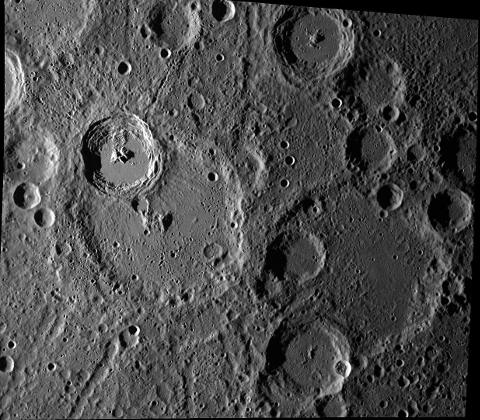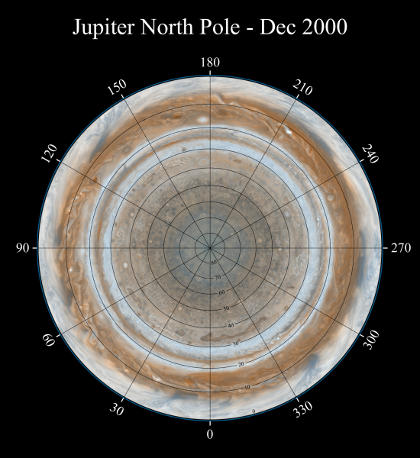Isn’t the universe infinite in size or always expanding in size or of unknown size? Can the universe be mapped?

Apparently it can be mapped! The European Space Agency’s Planck mission was launched in 2009 and comprised of a satellite housing a large telescope, which collected the light from the Cosmic Microwave Background (CMB). Placed in space from its L2 (Lagrangian) position, Planck’s mission was to “look back in time”. Data from Planck created this map of the universe showing the oldest light in our universe, as detected with the greatest precision yet. By analyzing these light patterns, scientists and researchers hope to learn more about origins of the universe.



